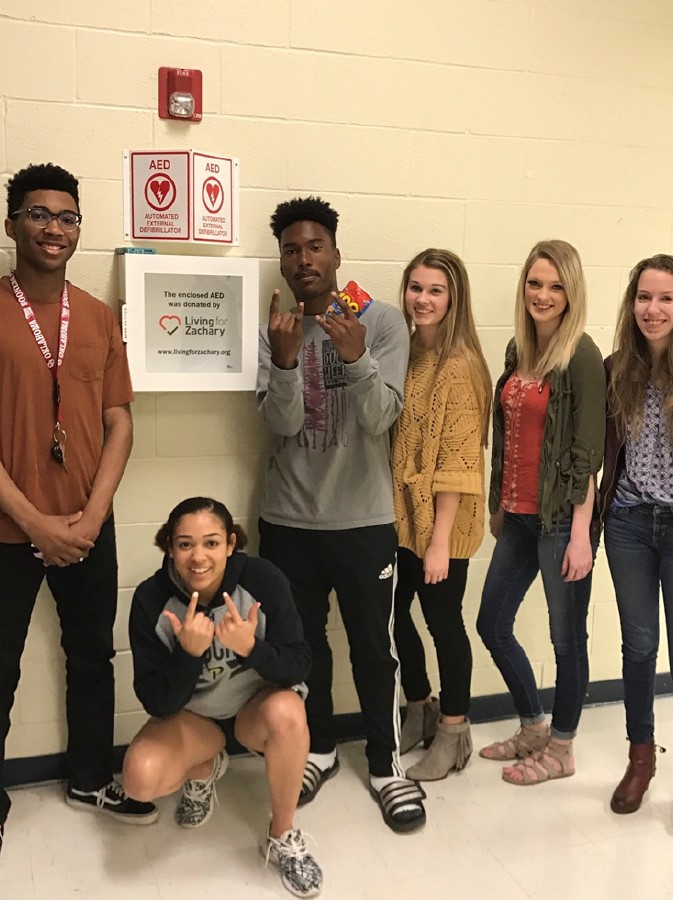Just like we spend a huge portion of our days at work, our children spend many hours in the classroom each day! Sudden cardiac arrest (SCA) is the #1 cause of death on school campuses.[1] Heading into this school year, it’s important to know how your school is prepared to handle a cardiac emergency and who is trained to assist. Check out a few tips for giving yourself peace of mind as you send kids back to the classroom:
Learning the Basics
The first step to helping protect the hearts you love is to get a full picture of what emergency preparedness looks like for their respective schools. Whether your child attends public or private school, take time to ask the following questions during orientation or a conversation with school healthcare providers:
- How many AEDs are on campus?
- Where are the AEDs located?
- Are all staff and students made aware of the location of the AEDs?
- Who is CPR certified within the school building?
- Can an AED be reached within 3 minutes from anywhere inside the school? Read more about why this matters.
- Is an AED readily available outside during athletic events and other outdoor gatherings?

Emergency Preparedness in Texas Schools
The Texas Education Code requires that all school districts make at least 1 AED available per school campus[1], but private schools are not held to this same standard. The Code also requires all school to develop safety procedures to be followed in the event of cardiac arrest.[2] It can be helpful to ask for an overview of these safety procedures in order to get a good understanding of how staff is expected to respond to an occurrence of SCA. For schools looking to improve their SCA response plans, Project ADAM offers an abundance of resources.
It is important to note that while school districts are required to provide yearly instruction in CPR and AED use to staff and volunteers[3], only certain groups such as school nurses, athletic coaches, and other specified roles are required to participate. In 2013, school districts became mandated to provide CPR instruction to students in grades 7-12 at least once before graduation[4], but it is not required that students become certified or re-train every 2 years to keep skills sharp.
In order to help people of all ages feel prepared to step in and assist during a cardiac emergency, Living for Zachary provides free CPR certification classes throughout the year for ages 12 and up. From students wanting to become certified for the first time to teachers looking to renew their certification, our American Heart Association HeartSaver CPR/AED Certification Course is a no-cost option for the whole family. Click here to sign up to be notified when our next CPR class is announced!
Conversations are Key
Even with AEDs and CPR-trained personnel in place, SCA can strike at any moment and take everyone by surprise. Each person reacts differently in an emergency, which is why it’s important to have age-appropriate conversations with the children and teenagers in your life about SCA and what they can expect should an emergency occur while at school. Helping young people to better understand the situation and the importance of quickly following instructions from teachers or staff can mean the difference between life and death. For some students, this could mean anything from quickly running to get help to using their own CPR skills to help save a life.
Is your school and family ready to win the fight against sudden cardiac arrest this year?



